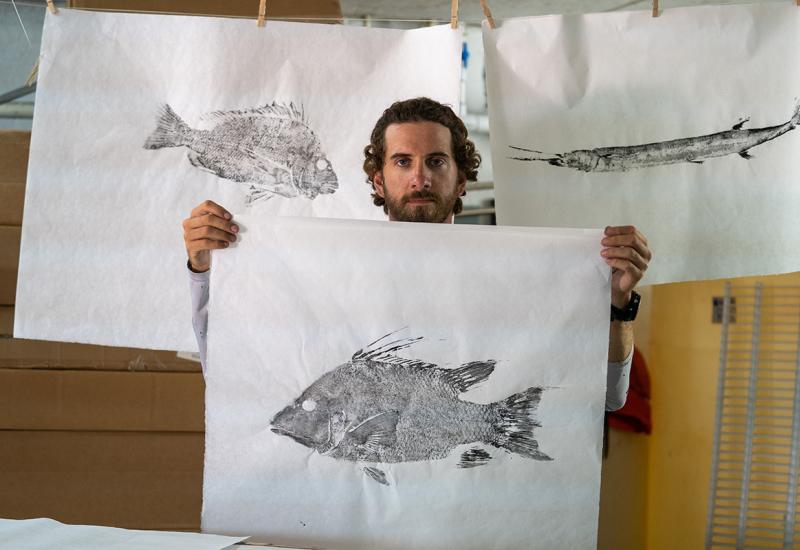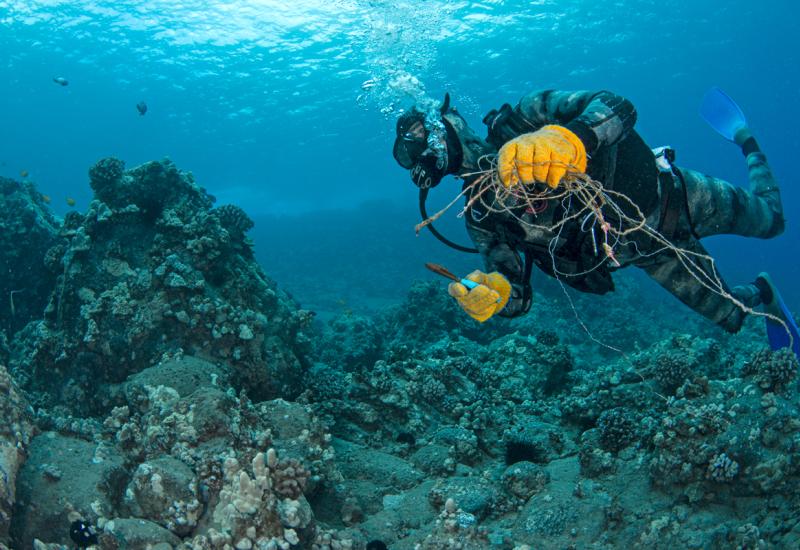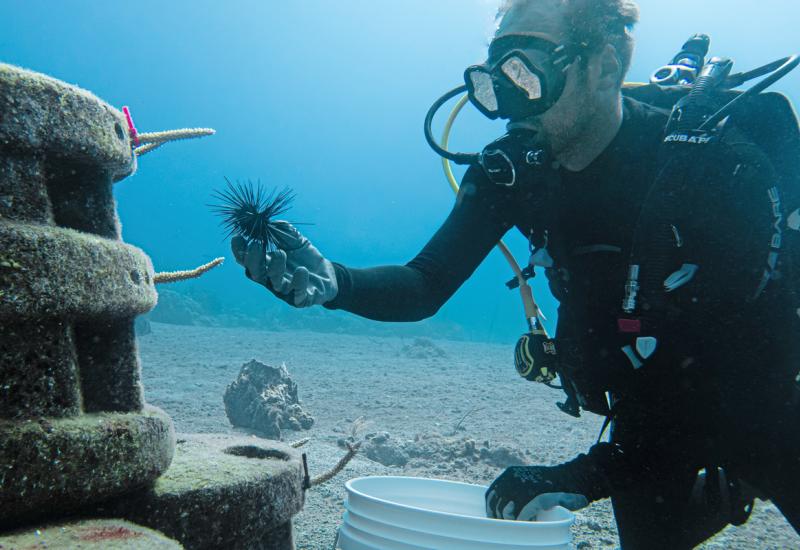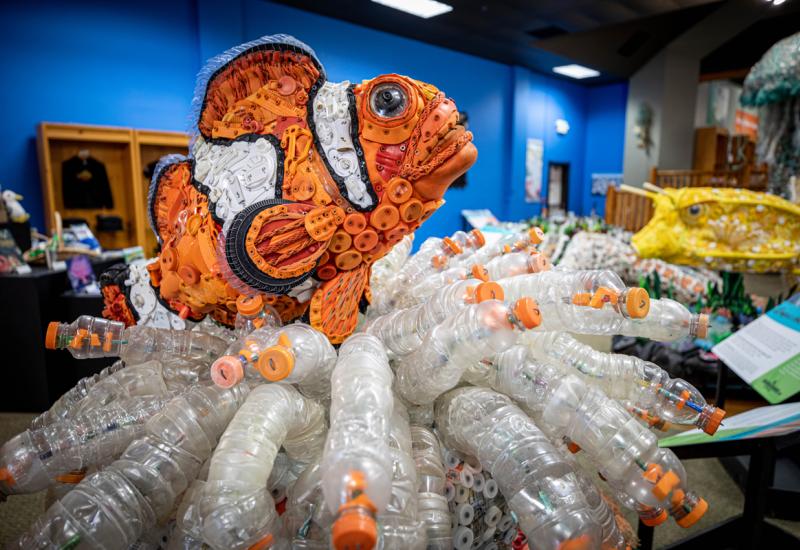PADI Travel to Mitigate Dive Travel’s Carbon Footprint with Seagrass

Ben Scheelk/The Ocean FoundationThe seagrass restoration in Jobos Bay is The Ocean Foundation's longest-running restoration project and a likely recipient of funding from the PADI Travel initiative.
Travelers increasingly connect climate change with the very methods they use to explore the world. Soon a new, $20 add-on during PADI Travel’s checkout process will let divers support the Ocean Foundation’s SeaGrass Grow initiative to protect and plant seagrass meadows, which absorb carbon more effectively than rainforests.
Tourism generated eight percent of total global carbon emissions between 2008 and 2013, a 2018 study found. And although last year saw the rise of the term flygskam (Swedish for “flight shame”) as travelers grasped how heavily flying contributes to that carbon tally, the United Nations World Tourism Organization projects international travel’s carbon footprint will grow over the next decade. Dive travel often relies on carbon-intensive transit; research indicates the largest contributor to the footprint of an island nation’s tourism industry is the flights taken to get there.
Despite increased interest in environmentally friendly travel, eco-conscious tourists struggle with identifying how to lessen their impact—research shows travelers cannot accurately estimate how much carbon their vacation will generate. While carbon calculators may be an aid, the lack of standardization limits their utility.
It’s a quagmire PADI Travel plans to tackle head-on.
Enter seagrasses. Meadows cover just 0.1 percent of the ocean floor but hold 11 percent of the carbon sequestered in the ocean. The Ocean Foundation supports this “blue carbon” powerhouse by replanting damaged areas and protecting intact meadows, says Ben Scheelk, who oversees the SeaGrass Grow project. Meadow restoration in Puerto Rico’s Jobos Bay National Estuarine Research Reserve, the organization’s longest-running seagrass project, could sequester between 600 and 1,000 metric tons over the course of 100 years, Scheelk projects, and is a likely candidate to receive funding from the PADI partnership when it launches in late 2020 or early 2021.

Ben Scheelk/The Ocean FoundationRestoring seagrass boosts the sequestration abilities of this "blue carbon" powerhouse.
Last year PADI Travel booked more than 6,500 trips, which would give the partnership the potential to funnel up to $130,000 into the SeaGrass Grow project. At an average booking price of $3,500, the added fee represents only a marginal price increase.
“Getting divers engaged,” says Scheelk, is a “really powerful way for people to give back and protect the places that they love.”
PADI Travel wants to encourage people to “think differently about what they can do with that travel,” says Emma Daffurn, a content specialist at PADI Travel. “That’s the power of PADI—there’s so many of us, there’s a real chance to really make a big impact.”
More Marine Conservation:










